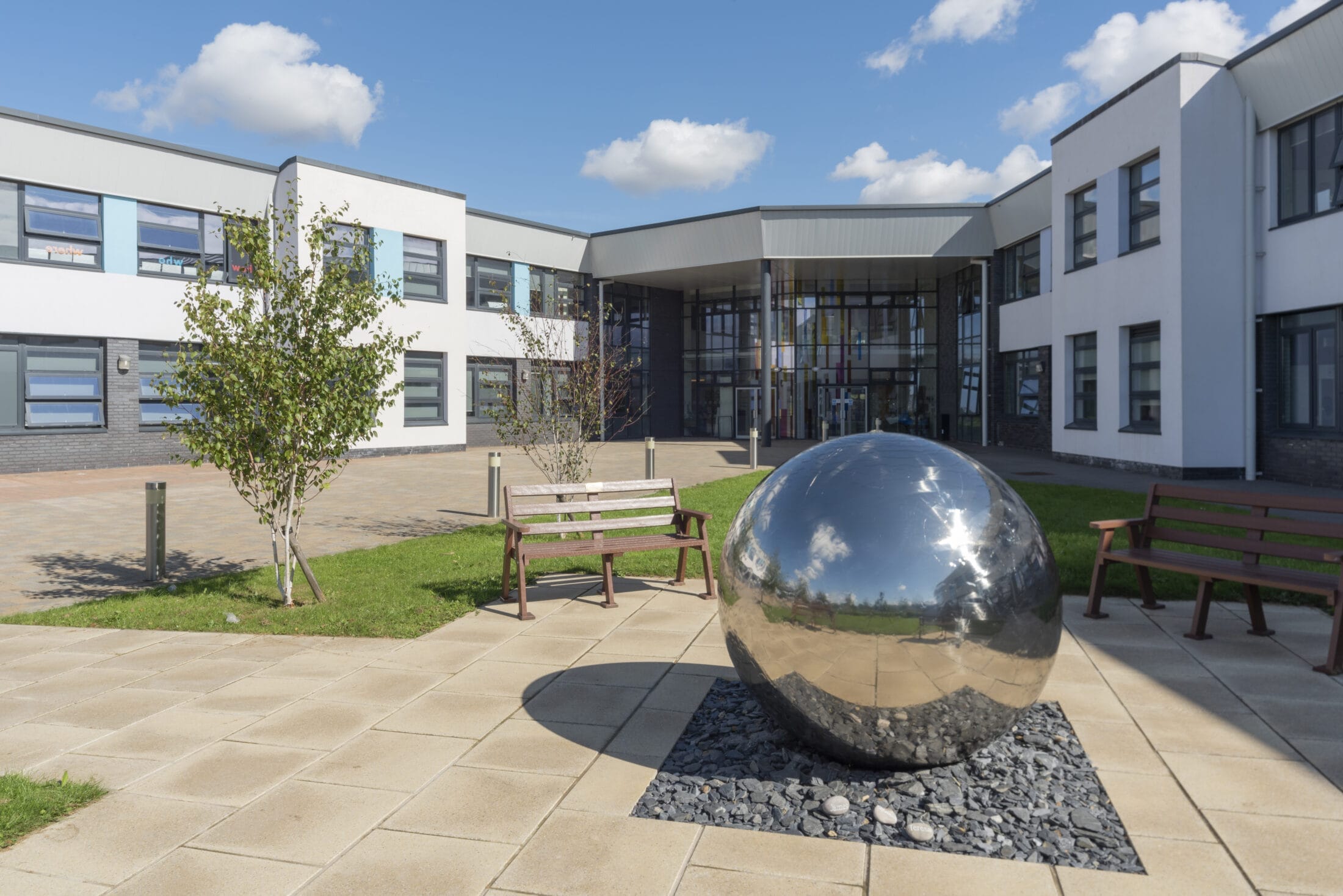
According to Government statistics, almost 23% of children of school age have Special Educational Needs (SEN), placing a requirement on all local authorities to provide school education for all pupils of all abilities and need. The level and type of SEN provision required for individual schools will vary, depending on whether schools are separate specialised settings or incorporated within a mainstream setting where facilities will need to cater for a wider range of need, albeit less profound.

We all know that every child deserves the best education possible, but despite the commitment of dedicated teaching staff, for some children, the ability to do well at school can be limited by the physical building. This is not just a pupil issue either; it can also affect and hinder the way teachers are able to effectively deliver the curriculum. It is equally as important to consider the needs and requirements of the teaching staff during design development; which is something that quite often overlooked. Furthermore, pupils in special school settings require additional, specialist accommodation provision such as space for personal care, rooms for life skills (helping children to foster independence), calming spaces, quiet areas and extensive additional storage for mobility equipment.
For children with SEN or disabilities, space is important on both a micro and macro level; from wayfinding around a building, to the design and environmental quality of specific spaces. It is good practice for designers involved in creating educational environments to create flexible, functional and practical spaces that cater for wide range of neuro-diverse conditions, and this is even more important for those involved in the design of special schools. Designers need to give careful consideration to the internal and external environment including, defining strategies relating to temperature, lighting, acoustics, texture, pattern, colour and wayfinding.
That’s not to say that these strategies aren’t currently being incorporated into newly built and refurbished schools; of course designers have to comply with statutory regulations to ensure accessibility and there is an appetite to ensure that buildings are as inclusive as possible, over and above the minimums. However, there is still a need to create educational buildings to ensure pupils with additional needs receive the support required while in school.
External areas can be overlooked in the overall design, but outdoor areas can be more than just a sports track and indeed, are a critical element for pupils in special education settings. For pupils with SEN, being outside has a calming and restorative effect that helps to improve well-being. Through thoughtful landscaping that complements the school facilities, opportunities can be created for safe play and learning, such as outside quiet and sensory areas, even food growing.
A well-designed, inclusive school setting promotes health and well-being, dignity and self-worth by removing barriers, so that young people can fully participate in school life, enabling them to learn both the curriculum and vocational skills and improve their chances of success.
Penarth Learning Community
Through the Government’s 21st Century Schools investment programme, there have been a number of specialised SEN schools created, such as the Penarth Learning Community. Our design brought together two schools under one roof; a mainstream comprehensive school and a special educational needs (SEN) school, catering for pupils with a wide range of learning needs including those with learning and physical difficulties, and those with an Autism Spectrum Condition (ASC). Although the two schools had different requirements, the holistic inclusive design ensured that all pupils are able to take part in activities alongside their peers.
Through the design of the Penarth Learning Community and other projects, we have found that there isn’t a one size fits all model for SEN schools. There is of course, a great deal of good practice, guidance and precedents available to aid in the design of SEN schools but to truly achieve the optimum solution for each school and their pupils, it is imperative to understand ‘who it is for’ and we have found it useful to ask the following key questions at the start of each project:
- What additional needs do the children have?
- What would make it easier for them to have a positive educational experience?
- What does the school want to achieve?
Once you understand the needs of the school, the design process can begin in earnest. There are many opportunities throughout this process to involve and collaborate with staff, pupils and parents, to include them in decisions about their future school and ensure it works for everyone. This inclusive process inevitably leads to better design outcomes and increases the social value of projects.
Gareth Woodfin is the Regional Lead for HLM in Wales and the South West and has over 15 years’ experience of designing educational facilities including Penarth Learning Community, the recently completed SEN extension at Maes Ebbw School in Newport and Llantwit Learning Community in the Vale of Glamorgan. HLM was also shortlisted as a regional finalist in the prestigious Civic Trust Award and Eisteddfod Gold Medal for its design of Ysgol Pen Rhos in Llanelli.
